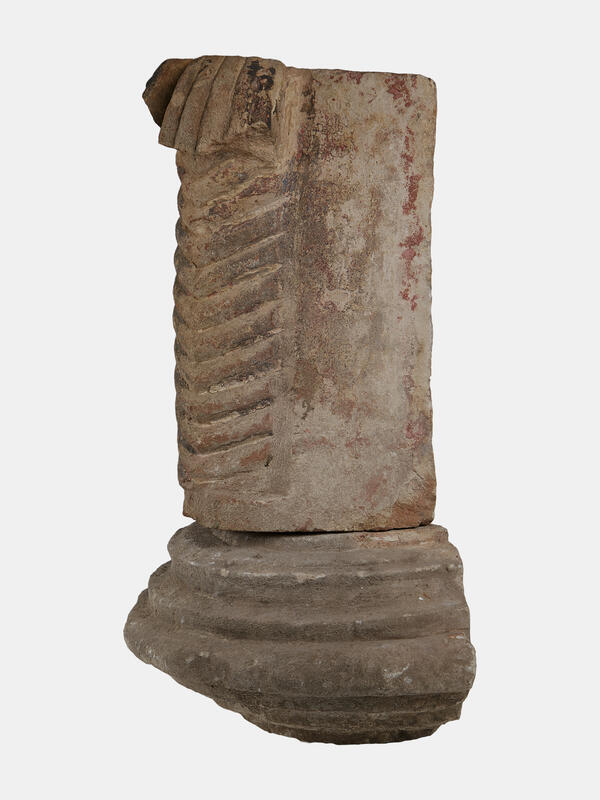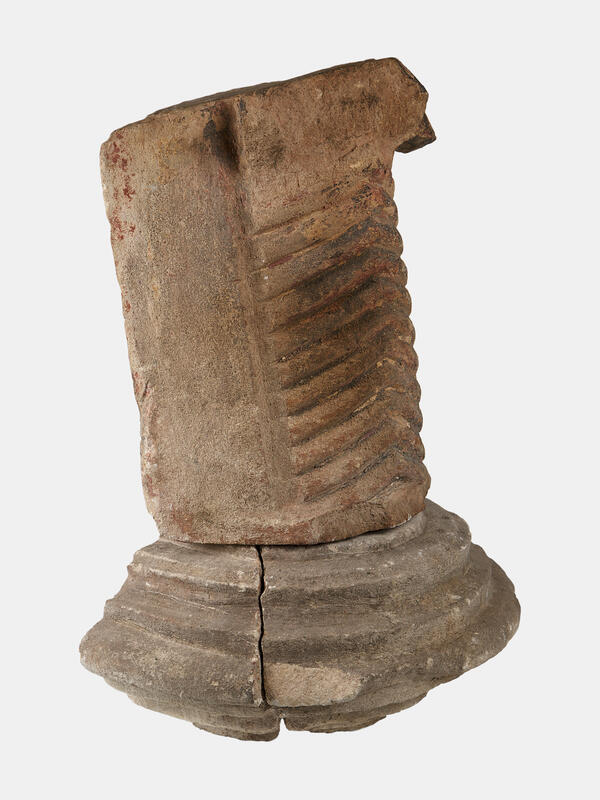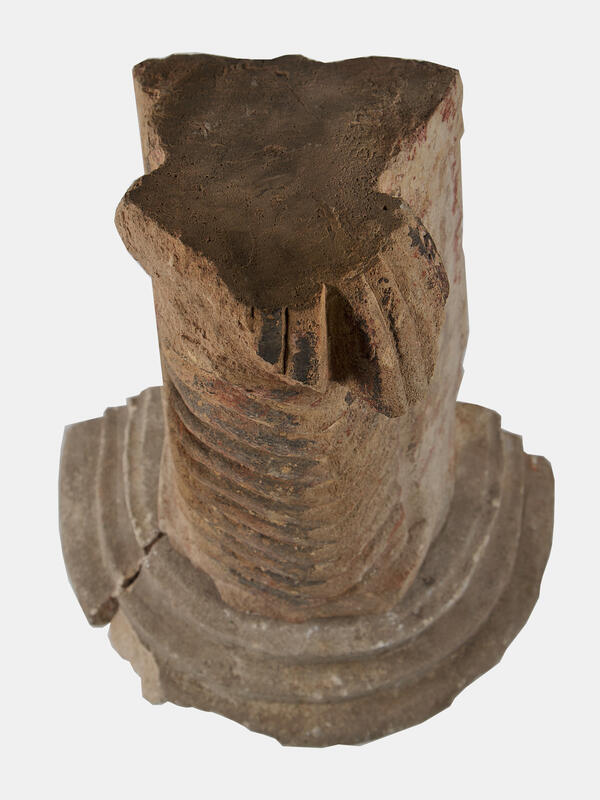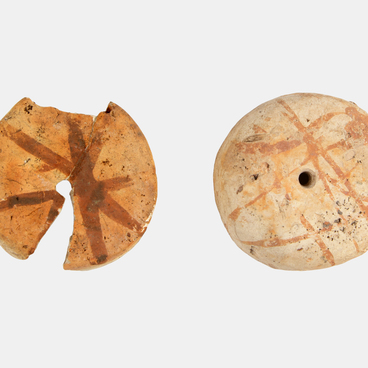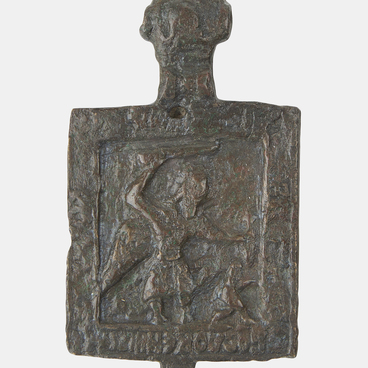The four-tier bell tower of the Holy Assumption Cathedral of the Tula Kremlin was built in 1776 at the expense of the Tula merchants. On the first tier, a warm church was built in the name of Saint Tikhon, Bishop of Acanthus in Cyprus. The small temple also had an altar in the name of John Chrysostom. The old chapels of the Assumption Cathedral used to be named after those saints.
The construction was completed in 1784, when the cross was raised onto the bell tower. The bell tower was more than 70 meters tall. There were 22 bells, and above them there was a chiming clock with letters instead of numbers on its face. Until the beginning of the 20th century, the bell tower was the compositional center and high-rise dominant of Tula.
The iron spire of the bell tower was commissioned by the Tula City Society and gilded. The design did not include an arch between the bell tower and the cathedral, which means that the bell tower was conceived as a separate structure.
In the 19th century, the bell tower was painted three times, but no records mentioning the colors have survived. In 1968, painting conservators studied the facades of the Assumption Cathedral to determine the original hue. They found out that it was white, and the two subsequent layers were red.
On the evening of September 28, 1936, a fire broke out on the upper tiers of the bell tower of the Assumption Cathedral. The water pressure in the hoses did not reach the required height, so it was not possible to extinguish the fire, and only the lower tiers survived. A year later, the city council decided to dismantle the structure.
During the archaeological excavations in 1999, details of the white stone decoration of the bell tower were found at the site of the bell tower — in particular, fragments of columns adorned with floral patterns. All of them coincide with the carved decor of the portals of the Assumption Cathedral.
In 2014, the cathedral bell tower was restored with funds from philanthropists and townspeople. A year later, on the first tier, a temple was consecrated in the name of the Holy Blessed Prince Dmitry Donskoy and the Holy Blessed Princess Euphrosyne of Moscow. The walls were painted by Palekh icon painters.

